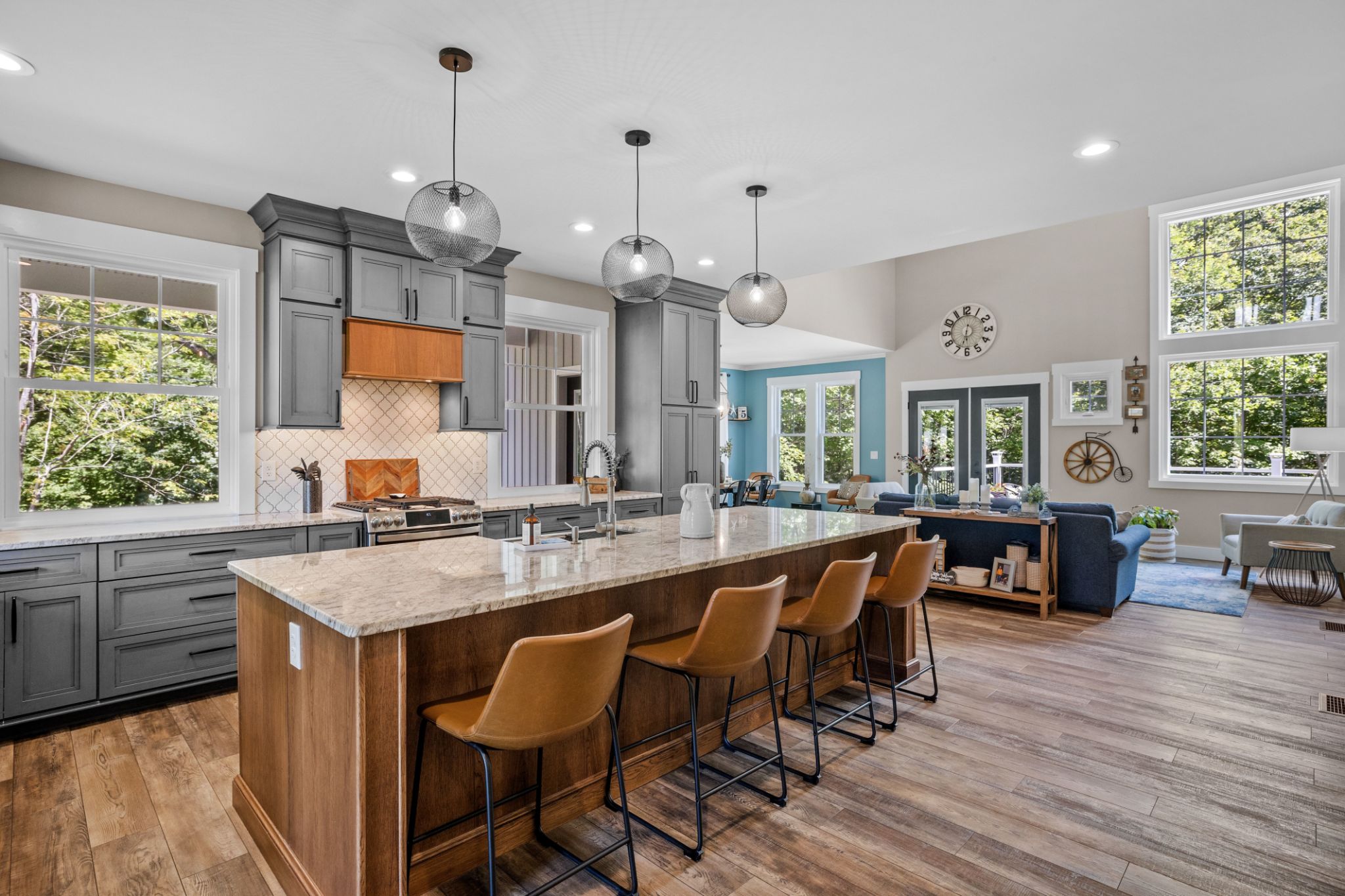Avoiding Common Remodeling Mistakes: Expert Advice
OH
Understanding Your Needs
Before diving into a remodeling project, it’s crucial to have a clear understanding of your needs and goals. Take the time to evaluate which areas of your home require updates and what improvements will bring the most value. Consider functionality, aesthetics, and future use of the space. A well-defined plan can prevent costly changes mid-project and ensure you're satisfied with the end result.
Consult with professionals like architects or interior designers to refine your ideas and develop a realistic plan. They can provide valuable insights and help you make informed decisions. Create a checklist of must-haves and prioritize elements that are non-negotiable for your project.

Setting a Realistic Budget
One of the most common remodeling pitfalls is underestimating costs. It's essential to establish a realistic budget that encompasses all aspects of your project, including materials, labor, permits, and contingency funds for unexpected expenses. Research average costs for similar projects in your area and be prepared for variations.
Allocate around 10-15% of your total budget as a buffer for unforeseen issues. This cushion can help manage surprises without derailing your entire project. Keep track of expenses as the project progresses to ensure you stay within budget limits.
Choosing the Right Contractor
Hiring the right contractor can make or break your remodeling experience. Take the time to research and interview multiple candidates. Look for contractors with a solid reputation, positive reviews, and relevant experience. It’s crucial to verify their licenses and insurance coverage as well.

Ask for references and follow up with previous clients to gauge their satisfaction with the contractor’s work. Clear communication and a good rapport are essential, so choose someone you feel comfortable working with throughout the project.
Prioritizing Functionality Over Aesthetics
While it’s tempting to focus on creating a visually stunning space, functionality should always take precedence in remodeling projects. Consider how your family lives and uses each space to ensure practical design choices. For instance, ample storage and efficient layouts can enhance both the usability and appeal of your home.
Think about long-term needs as well. If you plan to age in place, incorporate accessibility features now to avoid costly renovations later. Striking a balance between beauty and functionality will result in a space that truly enhances your lifestyle.

Avoiding Trend Traps
Trends come and go, but your home should reflect your personal style and stand the test of time. Be cautious about incorporating too many trendy elements that may quickly become outdated. Instead, focus on timeless designs and classic finishes that maintain their appeal over the years.
If you’re drawn to current trends, consider using them in easily changeable elements like paint colors or accessories. This approach allows you to update your space without major overhauls when trends shift.
Ensuring Permits and Regulations Compliance
Skipping permits or ignoring local regulations is a mistake that can lead to hefty fines and project delays. Ensure that all necessary permits are obtained before starting any work. Consult with your contractor or local authorities to understand specific requirements for your area.
Compliance not only protects you legally but also ensures that work is done safely and up to code standards. Keeping all paperwork organized and accessible can save you headaches if issues arise down the line.
